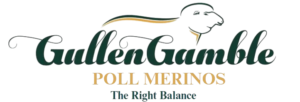
Truly dual-purpose merinos, that remain productive in a wide range of climates are the culmination of a range of profit driving genetic traits, combined with rigorous physical assessment and performance measurement. With a strong focus on key traits that drive profitability, we compliment production with sustainability and welfare; both animal and human.
Pushing all these traits at the same time requires a meticulous balancing act, particularly when many traits have antagonistic relationships with each other. Comprehensive use of on-farm measurements and assessment, thorough pedigree information, 50k genomic testing and countless analyses through SheepGenetics MateSel software allow us to make informed breeding decisions ensuring the highest rate of genetic gain achievable.
We take a no frills, evidence-based approach to our breeding.

“Westcourt” is the new home of GullenGamble Poll Merinos. 20km west of Wellington, NSW.”
Summer highs over 40oC and winter lows often reaching -4oC, with an annual average of 600mm non-seasonal rainfall make the area a mixing pot for merino breeding pressures, experiencing just about every extreme the Australian climate has to offer. We endeavour to breed sheep that can stand up to any challenge thrown at them!
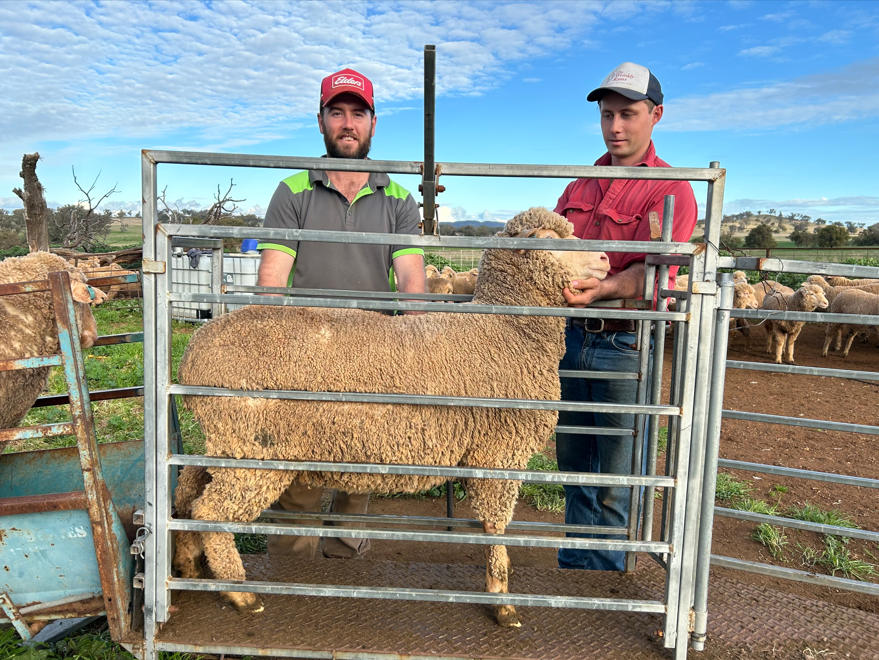
The single most important aspect when we assess any sheep for breeding is structure. If the structure is not right, the rest doesn’t matter. First and foremost a sheep must be sound and fit for purpose. We start from the ground up, with feet and legs being the highest priority, assessing the structure, soundness and body shape before even putting a hand on any sheep.
These days it is easy to get too focused on highlighted numbers on paper and compromise structural soundness. Having been commercial clients ourselves we take pride in our values of not selling anything we wouldn’t breed from ourselves!
GullenGamble Poll Merinos grow high value fleeces on uncomplicated skins that do not require mulesing; having ceased mulesing and any alternative practises in 2007.
These low maintenance skins produce free growing wool that can withstand high rainfall, without weather damage or dust penetration. Long, high yielding, soft bright white wools with excellent handle and stylish deep crimp provide growers with flexible shearing options including six-monthly.
Individual visual assessments are paired with objective measurement as well as 50k genomic testing to generate accurate ASBV’s for various wool traits, to be used in breeding decisions.
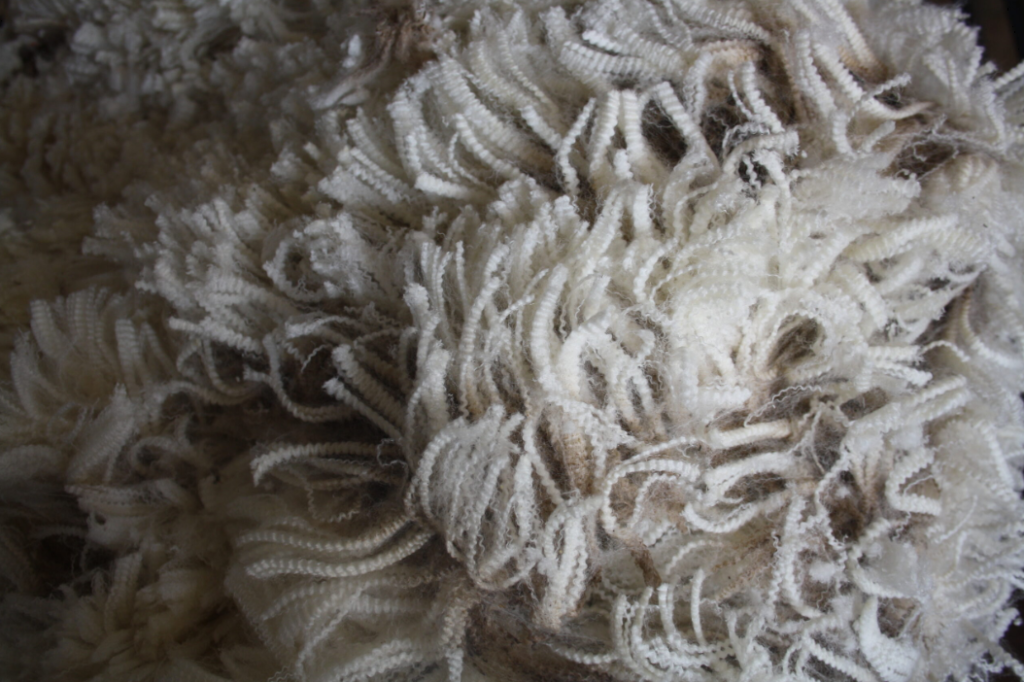

A fast-growing carcase that can quickly lay on fat and muscle underpins the modern dual-purpose merino, eliminating the need for a cross to terminal sires, increasing trade lamb value and time to marketability. Faster growth also results in higher value surplus young ewes as well as increased fertility in maidens, and even the opportunity to join ewe lambs.
Our breeding goal is continue driving early meat and carcase production while maintaining downward pressure on adult weight. Liveweights are collected at key age stages as well as eye muscle and fat scanning to identify more productive individuals with higher yielding carcases.
High reproductive performance is essential in any breeding enterprise. This not only generates more income through wether and surplus ewe sales, but also allows for greater selection pressure on ewes at classing, increasing the rate of genetic gain across a flock.
A highly fertile flock also provides more flexibility managing stocking rates to capitalise on periods of surplus feed, maximising income without the need to purchase or trade stock. A fertile flock also gives breeders a naturally built-in resilience for quickly re-stocking after periods of feed shortages and droughts.
Detailed data collection on ewes’ conception, litter size and raring ability, as well as the continued removal of any ewes that fail to conceive or raise their lamb/s allows us to apply selective pressure to increase the genetic weaning rate of the flock. Combine this with fast early growth and maturity and you also unlock the potential for successful ewe lamb joining, further increasing the profitability of the ewe flock.
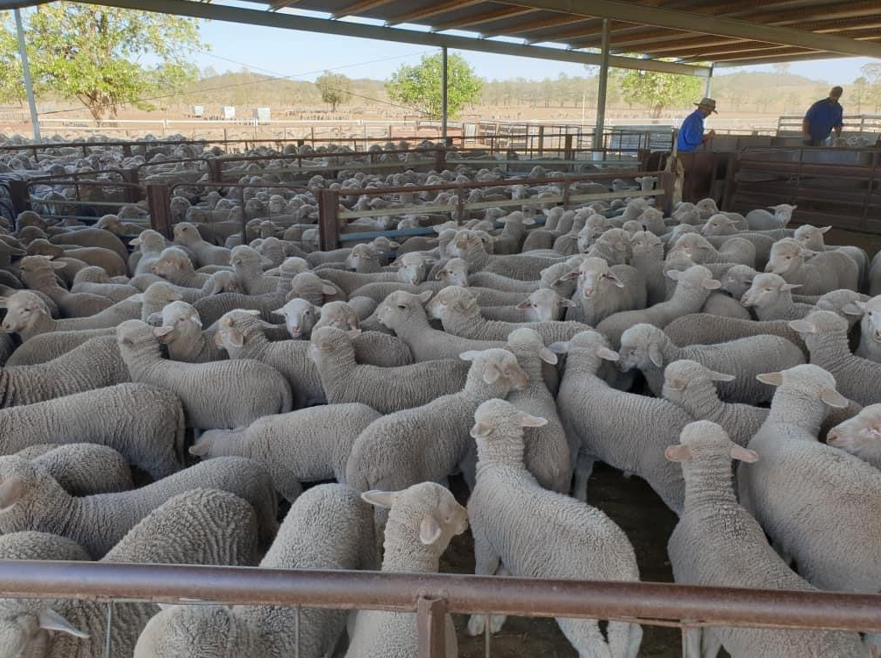
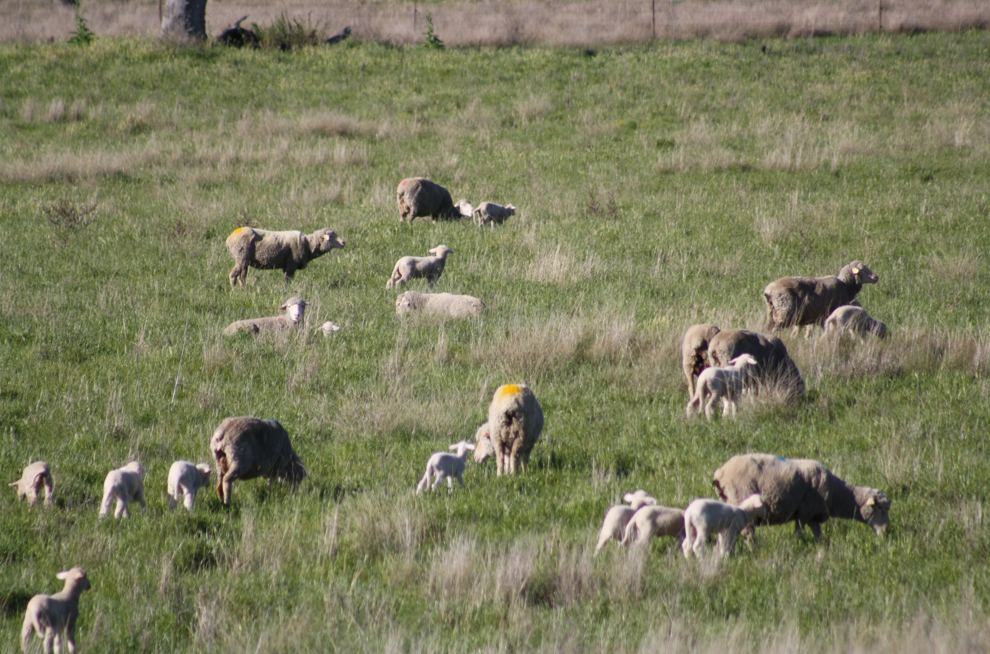

Increasing seasonal volatility, higher input costs and continuing global market pressures have taught us that merinos need to be more than just productive to remain profitable into the future.
We aim to breed low input (labour, chemical and feed) hardy sheep with good doing ability, able to quickly convert feed to muscle and fat stores and withstand periods of poor feed quality. Ewes are able to support lambs to high weaning weights under substantial commercial pressures before returning to top condition for the following joining.
On-going selection pressure for welfare traits including breech wrinkle, breech cover and worm resistance has resulted in plain bodied sheep that require far less labour and chemical reliance to remain productive in any environment, while meeting consumer preferences for non-mulesed production systems.
Continued emphasis on optimising adult weight not only improves welfare for staff and operators, but also increases ewe efficiency for long term meat and wool production that is both profitable and sustainable.
Website by Websitemann
Tuesday 17th September
Inspections from 10am Sale 1pm
@ Wellington Showgrounds